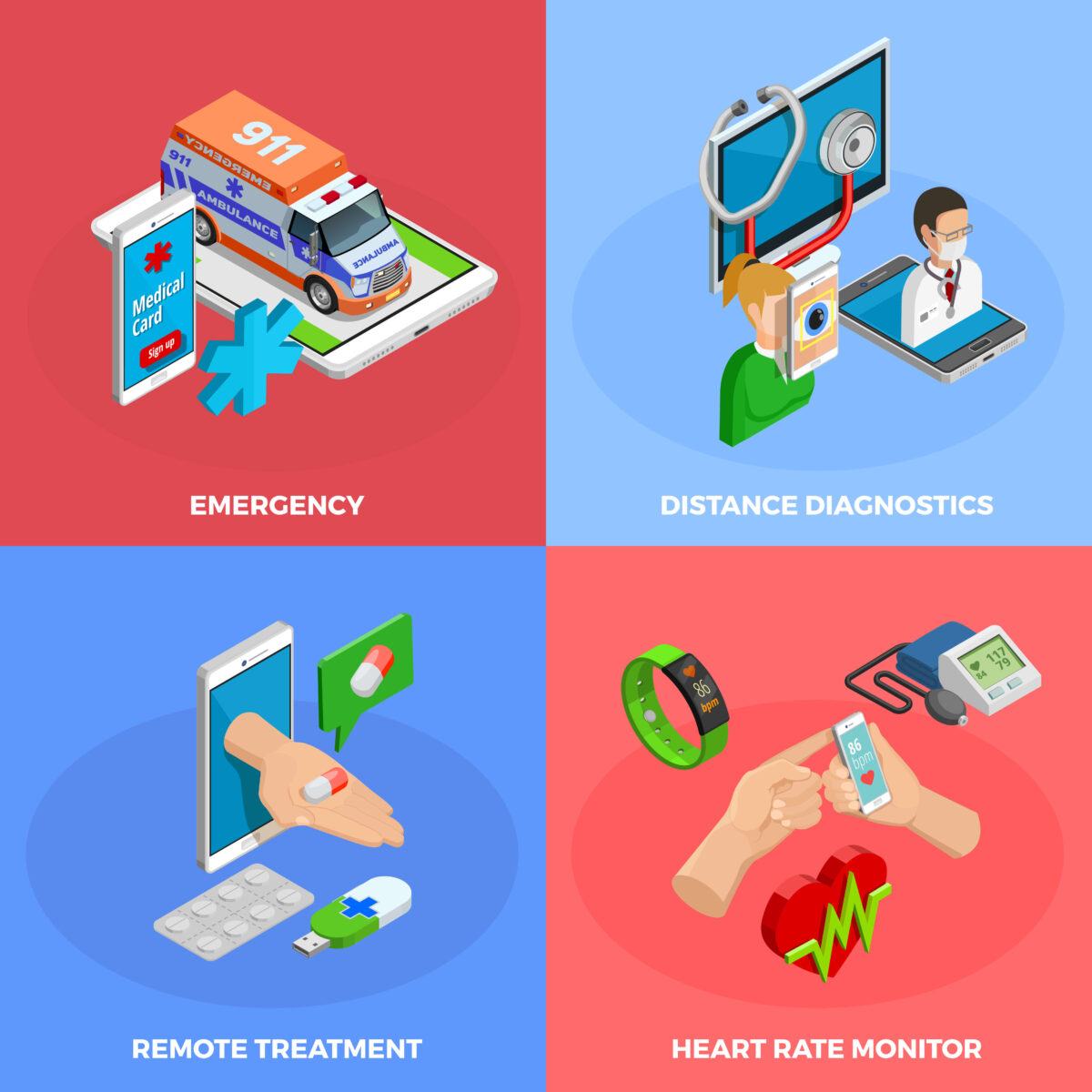In today’s digital era, where everyone is connected digitally in some way or the other, the healthcare industry is not lacking behind. Connected health devices and remote patient monitoring technologies are revolutionizing the healthcare industry with respect to the digital transformation, bringing more efficiency and effectiveness diagnosis and treatment of patients.
Social distancing and minimum physical contact are now considered standard practices worldwide since the outbreak of COVID-19 and are going to be the new normal for the post-COVID period as well. This also resulted in frequent hospital contact visits being discouraged. However, there are people whose health vital status requires regular monitoring. With technology being the driver of advancements in healthcare systems, contact-based hospital visits are now regarded as non-obligatory. To this end, smart devices for remote monitoring are proposed for monitoring patients’ health status and receiving doctors’ prescriptions while staying at home and without coming in contact with each other. Thus, it has become increasingly evident that delivering remote care will be the first choice in the future.
“For chronic conditions like heart failure, atrial fibrillation and diabetes, the ability to monitor the patient’s condition remotely not only enhances the quality of care, it also improves clinical efficiency. And, it can substantially reduce healthcare costs.”- Robert Ford, Executive Vice President of Medical Devices, Abbott
Remote patient monitoring devices leverage digital technology to send communications between patients and their healthcare providers. In this, patients monitor themselves and collect data about their health vitals at various points throughout the day, and then sends this data electronically to their healthcare providers, clinicians, or technicians for them to analyze it and recommend measures or treatment to be adopted.
Remote patient monitoring helps in developing trust and transparency with the patients. As these devices provide a deeper understanding of conditions and treatments, users are empowered to take more proactive control of their healthcare regime. Knowledge is power—and when both patient and healthcare provider have more of it, better outcomes become more common and less stressful. The benefit of remote patient monitoring also includes lower readmission rates in hospitals, and care facilities, as patients don’t have to travel back and forth to facilities, saving their time and energy needed for healing.
Remote patient monitoring devices can help one track the progression of health conditions and monitoring blood pressure, diabetes, glucose, ECG, heart rate, oxygen level and many others, all remotely; helping doctors manage the patients’ health more efficiently. Some of the most popular today’s remote patient monitoring tools are Apple iWatch or Fitbit which captures everything from exercise to heart rate, pulse, blood pressure, ECG and more.
After being the last industry to experience the rapid impact of digitization, the healthcare industry’s digital transformation has finally started. Remote patient monitoring and telemedicine have completely transformed the way patients perceive and receive healthcare. Accessibility to doctors and health information and transmission of that information is more widely available than ever before. All thanks to technology! As a result, remote patient monitoring devices are experiencing increasing popularity due to their efficiency and affordability.





